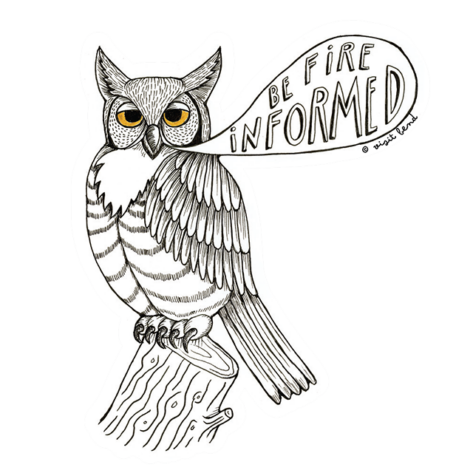
- Parking lots can fill up fast. Avoid the crowds by visiting early or late in the day, or on weekdays. Have a backup destination in case the parking lot is full.
- Learn about the areas you plan to visit. Check online to see if permits are required and if trash cans, bathrooms, and water are available on site.
- Check trail and weather conditions, understand the terrain, and dress appropriately. Weather can change quickly, so pack extra layers, including a rain jacket and a headlamp, no matter the time of year.
- Before heading to the trailhead, confirm there are no trail closures that could impact your planned route; closures change frequently and can be day-of-the-week specific.
- Cell service may be limited.Share your planned route and schedule with a friend, and bring a map or a GPS device to use along the way.
- Confirm that pets are allowed in the area you are visiting and that your pup remains on leash if required.
- When cutting firewood or a Christmas tree, be sure to have the required permit.












